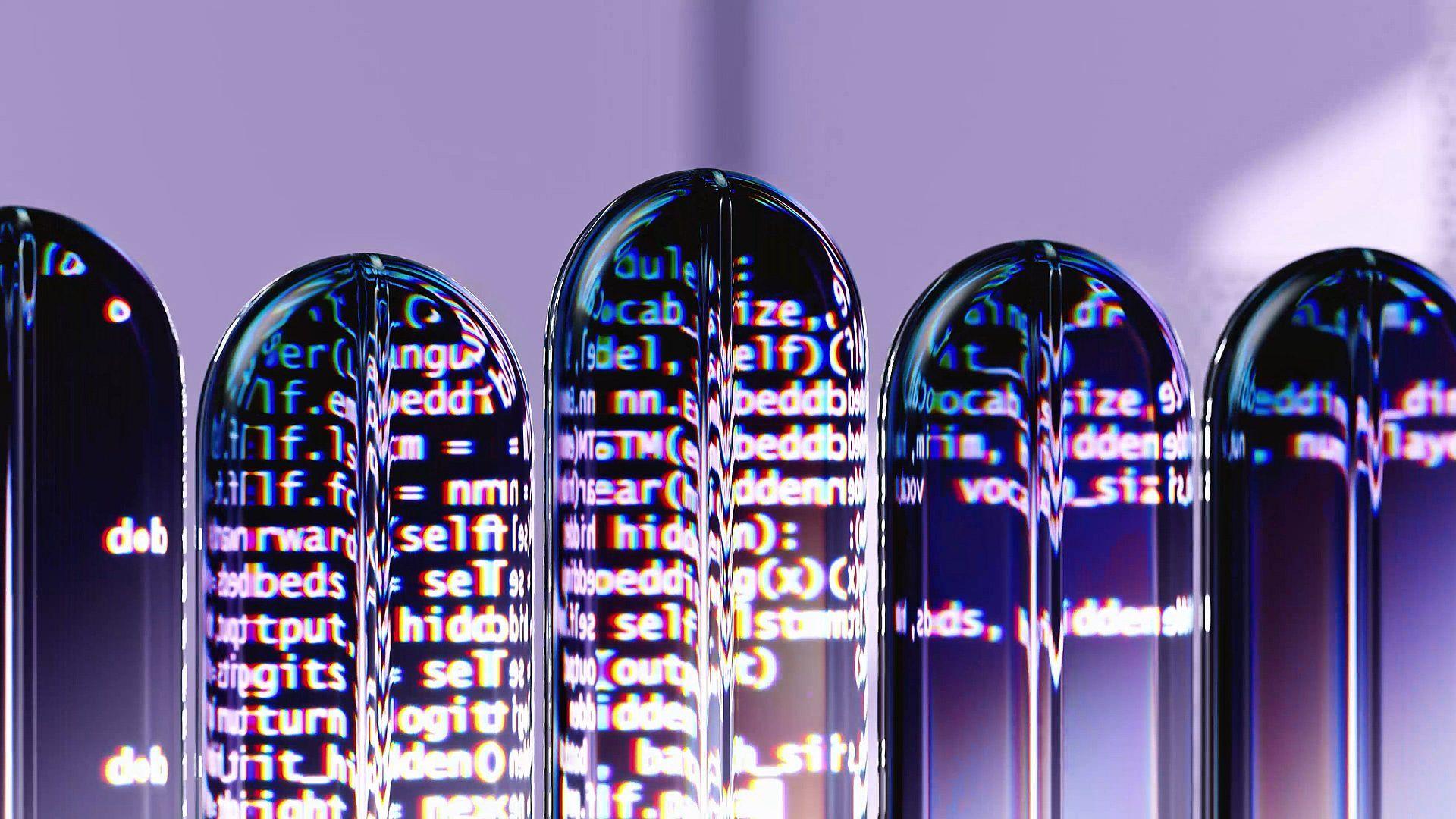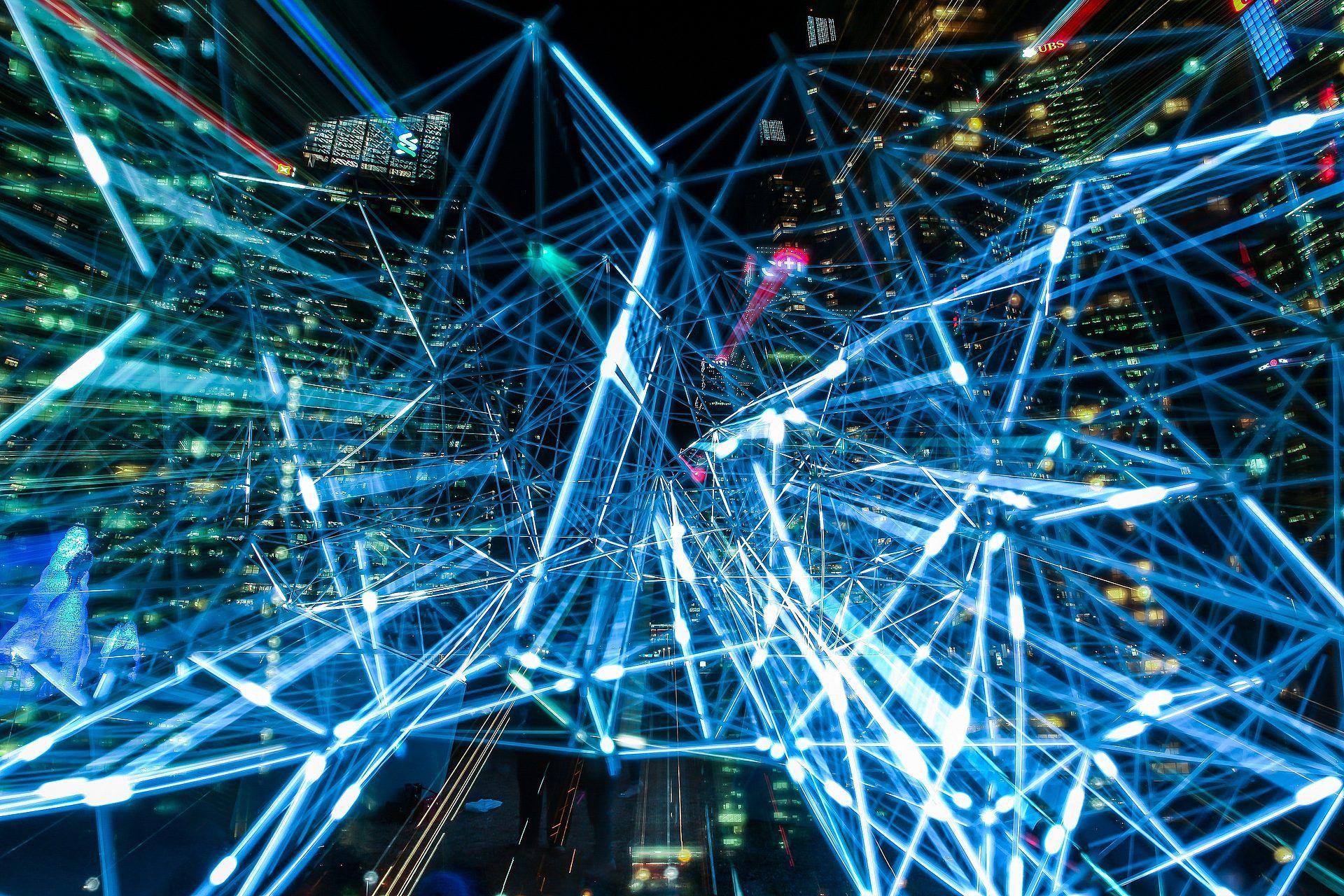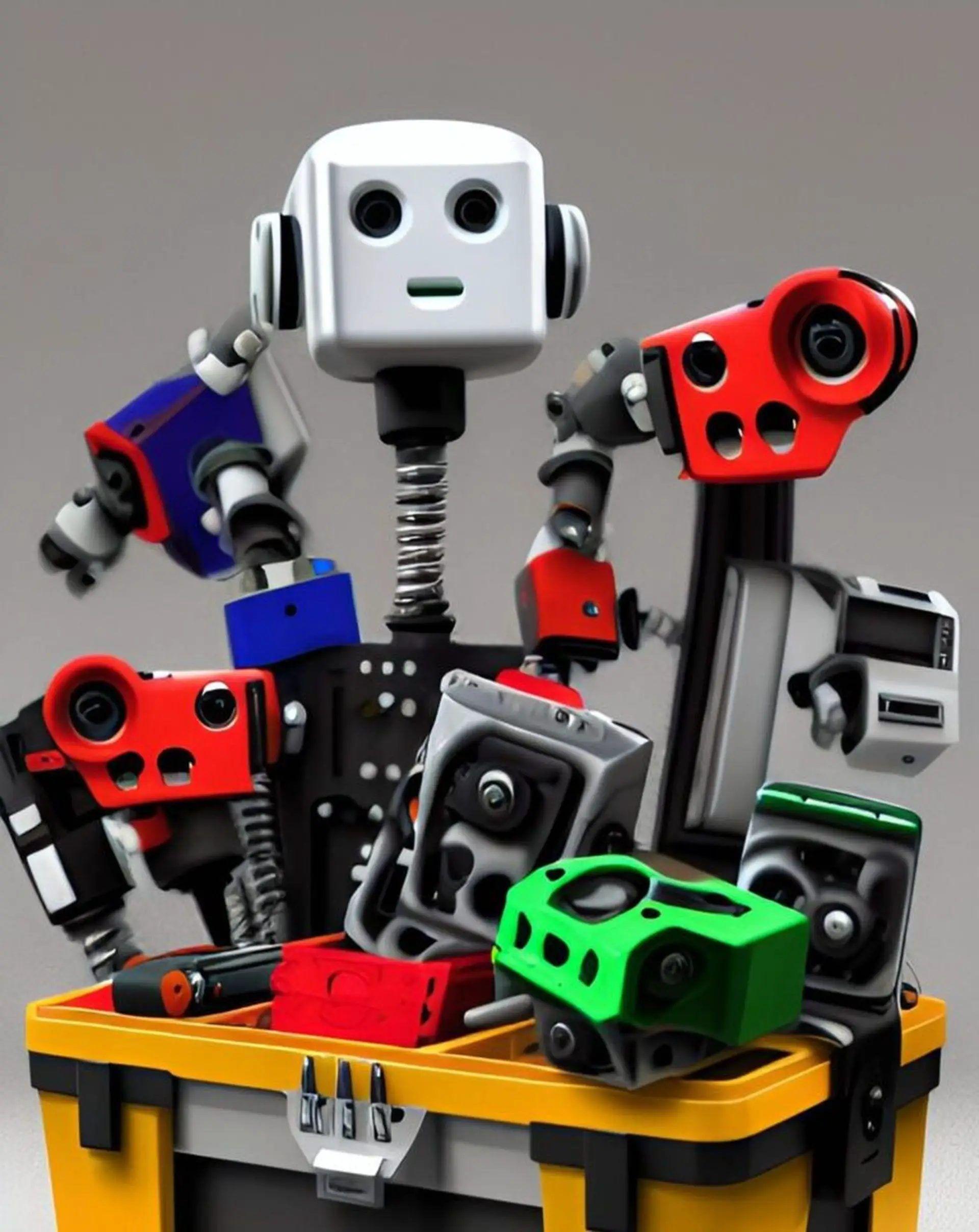In the ever-evolving landscape of artificial intelligence, one acronym has been making waves and reshaping how we interact with technology: GPT. But what does GPT stand for?
Get ready to dive into the realm of GPT, a groundbreaking framework that has revolutionized the field of generative artificial intelligence.

As we seek answers to what GPT stands for, we uncover an AI breakthrough that bridges human and machine language.
What does GPT stand for?
GPT stands for Generative Pre-training Transformer, a term that encapsulates the essence of a remarkable innovation. This type of model emerged from the ingenious minds at OpenAI in 2018.
Imagine an AI system that comprehends human language and generates it with astonishing coherence. GPT does precisely that, and its implications are profound.
If you’ve ever marveled at how ChatGPT crafts responses that mirror human expression, you’re witnessing the power of GPT in action. It serves as the backbone, enabling ChatGPT to craft intricate responses, develop text from datasets, and engage users in conversations that feel remarkably human. GPT is the magic behind the curtain, making the digital dialogue come alive.

The inner workings of GPT
At its core, GPT is an architectural marvel known as a Transformer. This transformative structure forms the bedrock for processing and understanding human language. It’s not just about understanding isolated words; GPT deciphers the nuances, contexts, and intricate patterns that make up our linguistic tapestry.
The journey of GPT’s mastery over language is fascinating. It all begins with a process known as pre-training. GPT is immersed in a vast sea of textual data, learning to predict the next word in a sentence. Think of it as a virtual crystal ball that anticipates the flow of language. This pre-training lays the foundation for GPT’s prowess in a variety of tasks.
From GPT to GPT-4
The evolution of GPT from its initial release to the recent GPT-4 is nothing short of awe-inspiring. GPT-1 kicked things off by foreseeing tokens in a sequence, while GPT-2 brought a new dimension by recognizing words in proximity. Then came GPT-3, a game-changer with 175 billion parameters, capable of composing texts, generating code, and even acing exams.
Now, GPT-4 has emerged with the ability to process both text and image inputs, further pushing the boundaries of AI’s capabilities.
When will GPT 5 be released, and what should you expect from it?
Applications beyond imagination
What does GPT stand for in real life? The applications of GPT are as diverse as they are transformative. From virtual assistants to businesses enhancing customer service, GPT’s impact is far-reaching.

It generates content, writes codes, and even assists students in complex problem-solving. Its advantages are endless, leading to enhanced productivity and creativity across industries.
With great power comes responsibility, and GPT is no exception. Its advantages are undeniable—relevant content generation, SEO optimization, code writing, and more. However, it has limitations too. Context understanding can be challenging, emotional empathy is absent, and it lacks real-time updates from the internet.
A glimpse into the future
As the sun sets on today, GPT casts a gleam on the morrow. With Vision Input on the horizon and collaborations with platforms like Be My Eyes, GPT evolves, promising quantum leaps in its capabilities. Challenges persist, but the tapestry of potentiality unfurls.
In conclusion, what does GPT stand for? It’s the Generative Pre-training Transformer—a gateway to a realm where human ingenuity meets the artistry of algorithms. From its birth to its zenith, GPT has embarked on a quest, melding human expression and digital intellect.
As we navigate the ever-evolving horizons of technology, GPT illuminates the path to an era where interaction, comprehension, and creativity intertwine in harmonious synchrony.
Oh, are you new to AI, and everything seems too complicated? Keep reading…
AI 101
You can still get on the AI train! We have created a detailed AI glossary for the most commonly used artificial intelligence terms and explain the basics of artificial intelligence as well as the risks and benefits of AI. Feel free the use them. Learning how to use AI is a game changer! AI models will change the world.
In the next part, you can find the best AI tools to use to create AI-generated content and more.

AI tools we have reviewed
Almost every day, a new tool, model, or feature pops up and changes our lives, and we have already reviewed some of the best ones:
- Text-to-text AI tools
- Google Bard AI
- Chinchilla
- Notion AI
- Chai
- NovelAI
- Caktus AI
- AI Dungeon
- ChatGPT
- Snapchat My AI
- DuckAssist
- GrammarlyGO
- Jenni AI
- Microsoft 365 Copilot
- Tongyi Qianwen
- AutoGPT
- Janitor AI
- Character AI
- WordAi
- Venus Chub AI
- Crushon AI
- FreedomGPT
- Charstar AI
- Jasper AI
- WormGPT
- How to use WormGPT AI
- WormGPT download, here are the dangers waiting for you
- Llama 2
- Kajiwoto AI
- Harpy AI Chat
- RizzGPT
- GigaChat
See this before login ChatGPT; you will need it. Do you want to learn how to use ChatGPT effectively? We have some tips and tricks for you without switching to ChatGPT Plus, like how to upload PDF to ChatGPT! However, When you want to use the AI tool, you can get errors like “ChatGPT is at capacity right now” and “too many requests in 1-hour try again later”. Yes, they are really annoying errors, but don’t worry; we know how to fix them. Is ChatGPT plagiarism free? It is a hard question to find a single answer. Is ChatGPT Plus worth it? Keep reading and find out!
- Text-to-image AI tools
- MyHeritage AI Time Machine
- Reface app
- Dawn AI
- Lensa AI
- Meitu AI Art
- Stable Diffusion
- DALL-E 2
- Google Muse AI
- Artbreeder AI
- Midjourney
- How to fix Midjourney invalid link
- Midjourney alternatives
- Midjourney AI tips
- Midjourney V5.2
- Midjourney video generation guide
- Where to look for the best Midjourney images?
- DreamBooth AI
- Wombo Dream
- NightCafe AI
- QQ Different Dimension Me
- Random face generators
- Visual ChatGPT
- Adobe Firefly AI
- Leonardo AI
- Hotpot AI
- DragGAN AI photo editor
- Freepik AI
- 3DFY.ai
- Photoleap
- Artguru
- Luma AI
- BlueWillow AI
- Scribble Diffusion
- Clipdrop AI
- Stable Doodle
While there are still some debates about artificial intelligence-generated images, people are still looking for the best AI art generators. Will AI replace designers? Keep reading and find out.
- AI video tools
- AI presentation tools
- AI search engines
- AI interior design tools
- Other AI tools
Do you want to explore more tools? Check out the bests of:
It is the end of the comprehensive answer to “What does GPT stand for?” For more, stay tuned!
Featured image credit: Google DeepMind/Pexels






